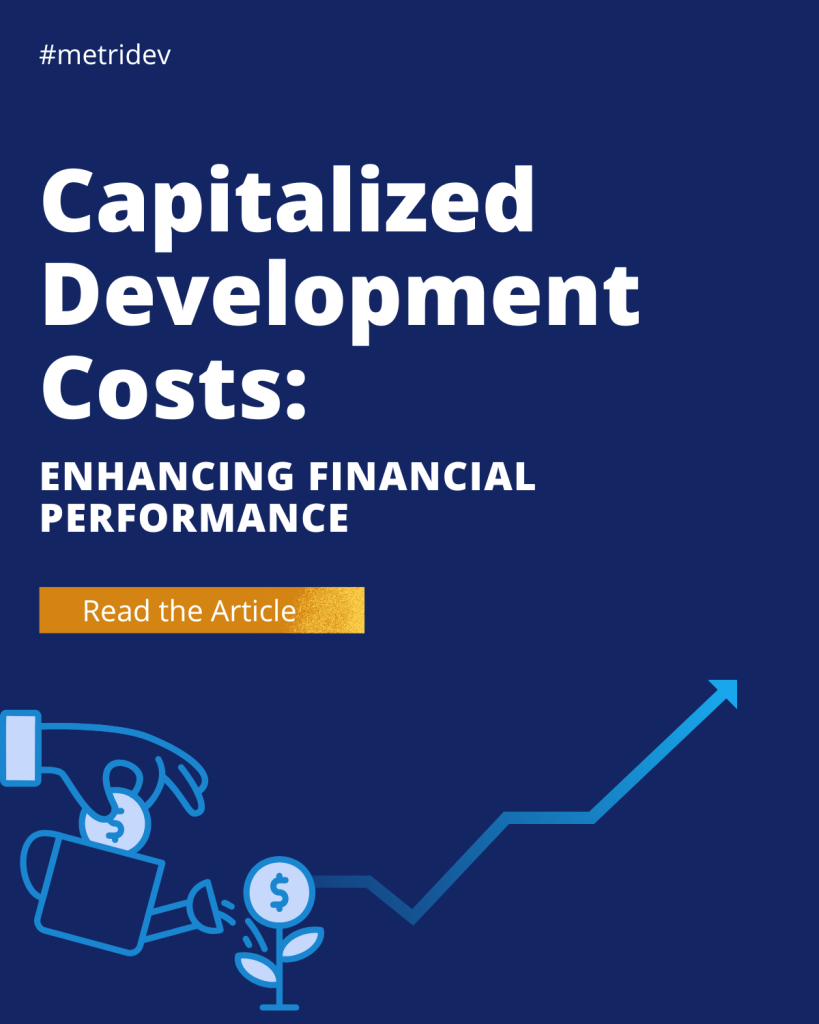Introduction
In today’s rapidly evolving business landscape, organizations are increasingly embracing remote and distributed work models. This shift has brought about new challenges and opportunities, particularly in the realm of project management. One methodology that has proven particularly effective in navigating the complexities of distributed teams is Scrum, an Agile framework that emphasizes collaboration, transparency, and continuous improvement.
What is a distributed Scrum team?
A distributed Scrum team is a group of individuals who work together to achieve a common goal, but are physically located in different geographical locations. This can include team members spread across different cities, countries, or even continents. The distributed nature of these teams requires a unique approach to collaboration, communication, and project management.
How do you manage distributed teams?
Managing distributed teams requires a deliberate and strategic approach. Key considerations include:
- Communication Channels: Establishing clear, effective, and consistent communication channels is crucial. This may involve a combination of video conferencing, instant messaging, and project management tools.
- Cultural Awareness: Understanding and respecting cultural differences among team members can help foster a more inclusive and productive work environment.
- Time Zone Management: Coordinating schedules and meeting times across different time zones can be a challenge, but it is essential for ensuring alignment and collaboration.
- Team Cohesion: Fostering a sense of team unity and camaraderie can be more difficult in a distributed setting, but activities like virtual team-building exercises and regular check-ins can help.
Challenges of working in distributed teams
While the benefits of distributed teams are numerous, there are also several challenges that organizations must navigate. Firstly, communication breakdowns can occur due to the lack of in-person interaction, leading to misunderstandings and ineffective communication. Additionally, collaboration difficulties arise as coordinating tasks, sharing information, and aligning on project goals become more complex in a distributed environment. Furthermore, maintaining visibility into team members’ progress and workloads can be more challenging, resulting in reduced oversight. Moreover, remote workers may experience feelings of isolation and a lack of engagement, which can decrease their motivation and overall engagement with the team. Lastly, reliance on technology introduces technical issues and compatibility problems, which can disrupt the workflow and further complicate remote work dynamics.
What is Scrum and its benefits for distributed teams?
Scrum, an Agile framework that emphasizes iterative and incremental development while focusing on delivering value to the customer. Is particularly well-suited for distributed teams, providing a structured approach to collaboration, communication, and project management.
Transitioning to the benefits of using Scrum for distributed teams, firstly, improved transparency is achieved through regular check-ins, clear goal setting, and well-defined roles and responsibilities. Additionally, enhanced collaboration is fostered by Scrum ceremonies such as the Daily Scrum and Sprint Retrospective. These encourage team members to collaborate and align on project goals. Furthermore, the iterative nature of Scrum allows distributed teams to adapt to changing requirements and priorities more easily, thereby increasing flexibility. Moreover, the Scrum framework provides visibility into team members’ progress, blockers, and overall project status. Even in a distributed setting, enhancing visibility. Lastly, Scrum’s emphasis on self-organization and cross-functional teams fosters a sense of ownership and accountability among distributed team members, ultimately increasing accountability.
Scrum ceremonies for distributed teams
Scrum ceremonies play a crucial role in the success of distributed Scrum teams. These events must be adapted to the unique challenges of remote collaboration, with a focus on maintaining engagement, fostering effective communication, and ensuring alignment.
When conducting Scrum ceremonies in a distributed environment, implementing best practices is essential for effective collaboration and communication. Transitioning to these practices, leveraging video conferencing emerges as a key strategy. These facilitate face-to-face interactions and visual collaboration among team members. Additionally, establishing clear agendas with detailed time allocations for each ceremony ensures the team remains focused and on track throughout. Moreover, encouraging participation from all team members is vital. This ensures that everyone has a voice and the opportunity to contribute to discussions. Furthermore, maintaining asynchronous collaboration using project management tools and communication channels supports ongoing collaboration between ceremonies, allowing team members to work together efficiently despite time zone differences. Lastly, adapting ceremony formats by experimenting with different approaches, such as breakout sessions or virtual whiteboards, helps tailor the ceremonies to better suit the needs of the distributed team, ultimately enhancing productivity and engagement.

The Scrum framework and its components
The Scrum framework comprises essential elements crucial for the success of distributed teams. These include the Product Backlog, a prioritized compilation of features, requirements, and tasks necessary for product delivery. The Sprint Backlog represents a subset of the Product Backlog, outlining commitments for completion within a specific Sprint. Sprints, time-boxed iterations spanning 2-4 weeks, drive the team’s efforts toward accomplishing tasks outlined in the Sprint Backlog. Scrum Events, encompassing ceremonies such as Sprint Planning, Daily Scrum, Sprint Review, and Sprint Retrospective, facilitate collaboration, alignment, and continuous improvement. Lastly, Scrum Roles define the key responsibilities within a Scrum team, including the Product Owner, Scrum Master, and Development Team.
Implementing Scrum in distributed teams
Implementing Scrum in a distributed team environment requires a thoughtful and strategic approach. Here are some key considerations:
- Establish Clear Roles and Responsibilities. Ensure that each team member understands their role and how it fits within the larger Scrum framework.
- Foster Effective Communication. Develop a communication plan that outlines the preferred channels, frequency, and expectations for team interactions.
- Ensure Visibility and Transparency. Utilize project management tools and visual aids to maintain visibility into the team’s progress and blockers.
- Prioritize Team Bonding. Organize virtual team-building activities and regular social interactions to help distributed team members connect on a personal level.
- Adapt Scrum Ceremonies. Tailor the Scrum ceremonies to the unique needs and constraints of the distributed team, leveraging technology to facilitate effective collaboration.
- Provide Ongoing Training and Support. Offer training and resources to help team members develop the necessary skills and mindset for successful distributed Scrum implementation.
What is the best practice for effective distributed Scrum?
For effective distributed Scrum, a combination of best practices and a deep understanding of the unique challenges faced by remote teams is essential. Here are some key best practices to consider. Firstly, establishing clear communication protocols is paramount. This involves developing and enforcing clear guidelines for communication, including preferred channels, response times, and etiquette. Secondly, promoting asynchronous collaboration is crucial. Encouraging team members to utilize project management tools and asynchronous communication channels fosters staying connected and aligned despite geographical distances. Thirdly, emphasizing transparency and visibility through visual project management tools, such as Kanban boards, helps maintain insight into the team’s progress and blockers.
Fourthly, fostering a culture of trust and accountability is imperative. Empowering team members to take ownership of their tasks and hold each other accountable enhances productivity and collaboration. Additionally, investing in team-building activities, such as regular virtual events and social interactions, facilitates personal connections among distributed team members. Lastly, continuously adapting and improving the Scrum process is key. Regularly reviewing and refining practices based on feedback and lessons learned optimizes the distributed Scrum process for ongoing success.
Tools and technologies to support Scrum in distributed teams
Effective distributed Scrum relies on a suite of tools and technologies to facilitate collaboration, communication, and project management. Some of the key tools and technologies include:
- Video Conferencing: Tools like Zoom, Microsoft Teams, or Google Meet to enable face-to-face interactions and visual collaboration.
- Instant Messaging: Applications like Slack, Microsoft Teams, or Google Chat to support real-time communication and information sharing.
- Project Management: Platforms such as Jira, Trello, or Asana to manage the Product Backlog, Sprint Backlog, and team tasks.
- Virtual Whiteboards: Tools like Miro, Mural, or Lucidspark to facilitate collaborative brainstorming and ideation sessions.
- File Sharing and Storage: Cloud-based storage solutions like Google Drive, Dropbox, or Microsoft OneDrive to ensure team members have access to the latest project files and documents.
- Time Tracking and Reporting: Apps like Toggl, Harvest, or Clockify to help team members track their time and provide visibility into progress and productivity.
Best practices for successful collaboration
Fostering effective collaboration within a distributed Scrum team necessitates a deliberate and thoughtful approach, encompassing several best practices. Firstly, establishing clear roles and responsibilities is crucial to ensure each team member comprehends their role’s significance in contributing to the team’s overall success. Secondly, encouraging open communication is vital. Creating an environment where team members feel at ease sharing ideas, providing feedback, and raising concerns fosters a culture of transparency and collaboration. Thirdly, promoting asynchronous collaboration through project management tools and communication channels enables team members to contribute at their own pace, enhancing flexibility and productivity.
Additionally, facilitating regular check-ins, such as daily stand-ups or weekly team meetings, is essential for maintaining alignment and addressing any issues or blockers promptly. Furthermore, celebrating successes, whether big or small, is important. Recognizing team accomplishments fosters a sense of shared purpose and achievement, boosting morale and motivation. Lastly, continuously gathering feedback from team members is imperative. Soliciting input helps identify areas for improvement and allows for the ongoing enhancement of the distributed Scrum process, ensuring its effectiveness and sustainability over time.
Scrum games for distributed teams
Incorporating Scrum games and activities into the distributed team’s workflow can significantly enhance engagement, collaboration, and team dynamics. Transitioning to these activities, several effective examples cater to distributed teams. Firstly, virtual retrospective games, such as “The Starfish” or “The Sailboat,” provide avenues for teams to reflect on their progress and pinpoint areas for improvement collectively. Secondly, remote team-building games, like “Two Truths and a Lie” or “Virtual Escape Room,” offer fun and interactive ways for team members to bond and establish personal connections despite physical distance.
Thirdly, distributed brainstorming sessions, including exercises like “Brainwriting” or “Crazy 8s,” facilitate idea generation and problem-solving within a distributed setting. Additionally, remote Planning Poker, a variant of the classic game, aids in estimating task effort and complexity efficiently. Lastly, virtual Scrum simulations provide immersive experiences, allowing team members to navigate the Scrum framework within a virtual environment, fostering understanding and proficiency in distributed teams. Integrating these games and activities strategically can contribute to a more cohesive and productive distributed Scrum team.
What is the hierarchy structure of the Scrum team?
The Scrum team is structured around three key roles:
- Product Owner: The individual responsible for maximizing the value of the product and managing the Product Backlog.
- Scrum Master: The facilitator who ensures that the Scrum team adheres to the Scrum framework and helps remove any impediments.
- Development Team: A cross-functional group of individuals who are responsible for delivering the increments of the product during each Sprint.
In a distributed Scrum team, these roles may be spread across different locations, requiring additional coordination and communication to ensure alignment and effective collaboration.
Conclusion
As the workplace continues to evolve, the ability to effectively manage distributed teams has become increasingly crucial. By embracing the Scrum framework, organizations can empower their remote and geographically dispersed teams to collaborate more effectively, adapt to changing requirements, and deliver value to their customers.
To learn more about how Scrum can help your distributed team thrive, read our article Scrum Team Working Agreement: Key Elements for Success and leverage the power of Scrum and other Agile practices to drive success in your distributed work environment.









Leave a Reply